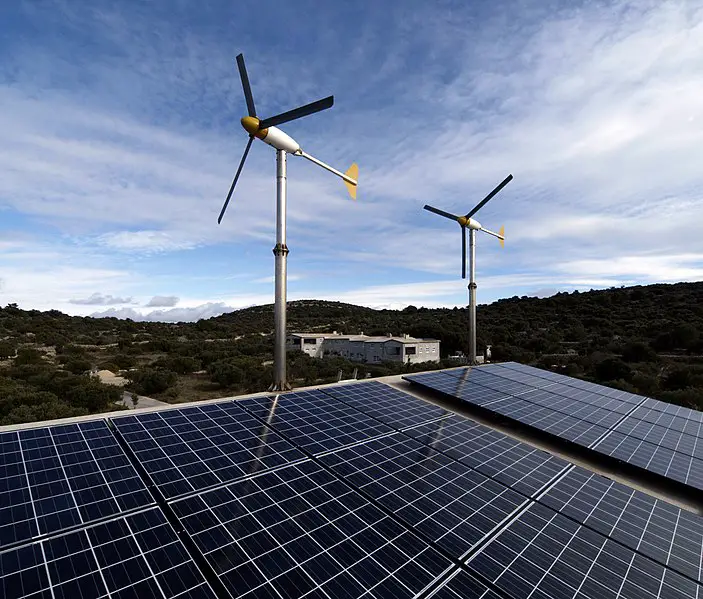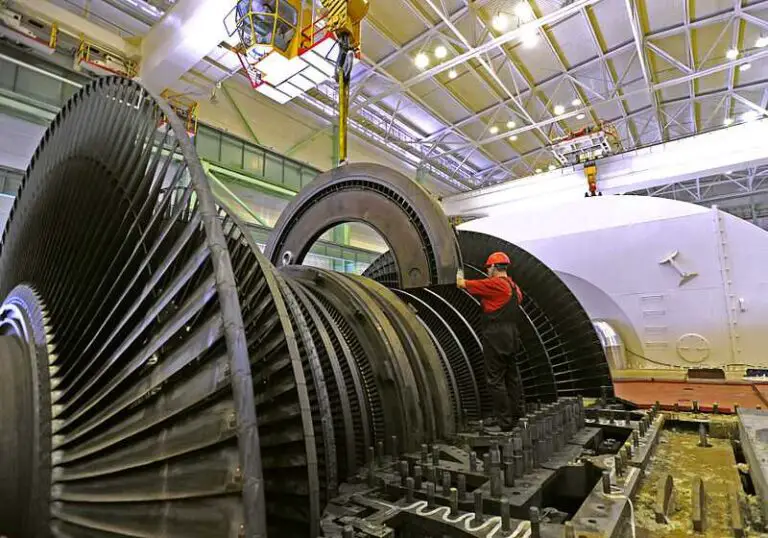5 Green Building Standards and Guidelines Explained
Green building standards include; durable materials and design, optimal energy efficiency, water efficiency and conservation, reduction/reuse/recycling, internal ventilation and air quality.
It must be noted that ‘green building standards’ does not necessarily refer to institutional regulations for green building development.
Rather, they can be described as guidelines for meeting the requirements of green building.
This article discusses green building standards, as follows;
1). Durable Materials and Design (as one of the Green Building Standards)
Green building standards include durable materials and sustainable designs.
Conventional materials like concrete and steel are known to be highly durable, but are also associated with unfavorable environmental impacts like greenhouse emissions and climate change [1].
These materials are often used in green buildings, although their impacts are reduced using carbon removal technologies, and other decarbonization strategies.
Using eco-friendly building materials to replace such conventional ones, is one of the objectives of green building technology.
An example of a durable and eco-friendly material used in some aspects of green building is bamboo [5].
The design of green buildings should also be tailored to achieve durability.
While there are not many strict regulations in place to ensure that green buildings are durable, the goal of structural resilience is essential as part of sustainability, alongside other goals like resource conservation.
It must therefore be considered in the planning of green buildings, and should affect all aspects including site selection, material selection and maintenance.

2). Optimal Energy Efficiency
One of the guidelines or standards for green building development and management is optimal energy efficiency.
This is simply the reduction of consumption rates, while increasing the level of productivity [2].
In green buildings, energy efficiency usually goes along with energy conservation.
Measures, practices, systems and appliances for reducing the rate of consumption and wastage of energy, are essential to the operation of green buildings.
Energy efficiency in green building is crucial as it helps in reducing the environmental impact of construction, and to decarbonize the carbon process.
3). Water Efficiency and Conservation (as one of the Green Building Standards)
Water efficiency and conservation are among the standards of green building development.
The collective aim of both water efficiency and water conservation, is to reduce the rate of usage and consumption of water resources, and to mitigate wastage as much as possible.
Water conservation and efficiency are essential in green building, because they both translate to energy conservation and efficiency; and thereby help to protect the ecosystem.
To achieve these objectives, water treatment and recycling are very important.
Systems for rainwater harvesting, greywater collection and treatment, for example, are essential aspects of efficient water handling in green buildings.
All facilities involved in the supply and distribution of water in green buildings; including pumping systems, pipelines, and faucets, must be optimized to increase their efficiency and sustainability with regards to how water resources are handled.
4). Reduction, Reuse and Recycling
Reduction, reuse and recycling standard is one of the most essential foundations of resource conservation and management [3].
In green buildings, these practices help to achieve sustainability through conservation and efficiency of resources.
Reduction is usually a priority, since lower consumption rates (for water, energy, and material resources) results in less need for reuse and recycling, and lower environmental footprint.
Reduction/reuse/recycling are also essential for reducing the overall cost of maintaining green buildings.
This standard should be observed in all stages and processes in the lifecycle of the building, including material selection, design planning, repairs, electricity generation, furnishing, general maintenance, and demolition.
5). Internal Ventilation and Air Quality (as one of the Green Building Standards)
Optimal ventilation and indoor air quality (IAQ) constitute one of the important operational standards of green buildings.
The green building concept effectively promotes good air quality according to established health standards.
This can be achieved through a combination of efficient design and internal regulation.
Often, air quality and ventilation are addressed together with thermal comfort [4]; using heating, ventilation and air-cooling systems (HVAC), as well as other technologies and equipment.
Green roofs and energy-efficient windows are useful for thermal regulation, which is also often supported by artificial intelligence functionality.

Conclusion
Green building standards are;
1. Durable Materials and Design
2. Optimal Energy Efficiency
3. Water Efficiency and Conservation
4. Reduction, Reuse and Recycling
5. Internal Ventilation and Air Quality
References
1). Chaturvedi, S.; Ochsendorf, J. (2004). “Global Environmental Impacts due to Cement and Steel.” Structural Engineering International 14(3):198-200. Available at: https://doi.org/10.2749/101686604777963748. (Accessed 21 November 2022).
2). Etem, D. B.; Selçuk, S. A. (2021). “Energy Efficiency in Green Building Certified Office Buildings: A Comparative Analysis.” Available at: https://www.researchgate.net/publication/356716241_Energy_Efficiency_in_Green_Building_Certified_Office_Buildings_A_Comparative_Analysis. (Accessed 21 November 2022).
3). Groves, T. (2011). “Reduce, reuse, recycle.” BMJ Clinical Research 336(7650). Available at: https://doi.org/10.1136/bmj.39559.679155.47. (Accessed 21 November 2022).
4). Jia, L.; Han, J.; Chen, X.; Li, Q.; Lee, C.; Fung, Y. (2021). “Interaction between Thermal Comfort, Indoor Air Quality and Ventilation Energy Consumption of Educational Buildings: A Comprehensive Review.” Buildings 11(12):591. Available at: https://doi.org/10.3390/buildings11120591. (Accessed 21 November 2022).
5). Vân, N. T. B. (2018). “Bamboo – the eco-friendly material – one of the material solutions of the sustainable interior design in Viet Nam.” MATEC Web of Conferences 193:04014. Available at: https://doi.org/10.1051/matecconf/201819304014. (Accessed 21 November 2022).

